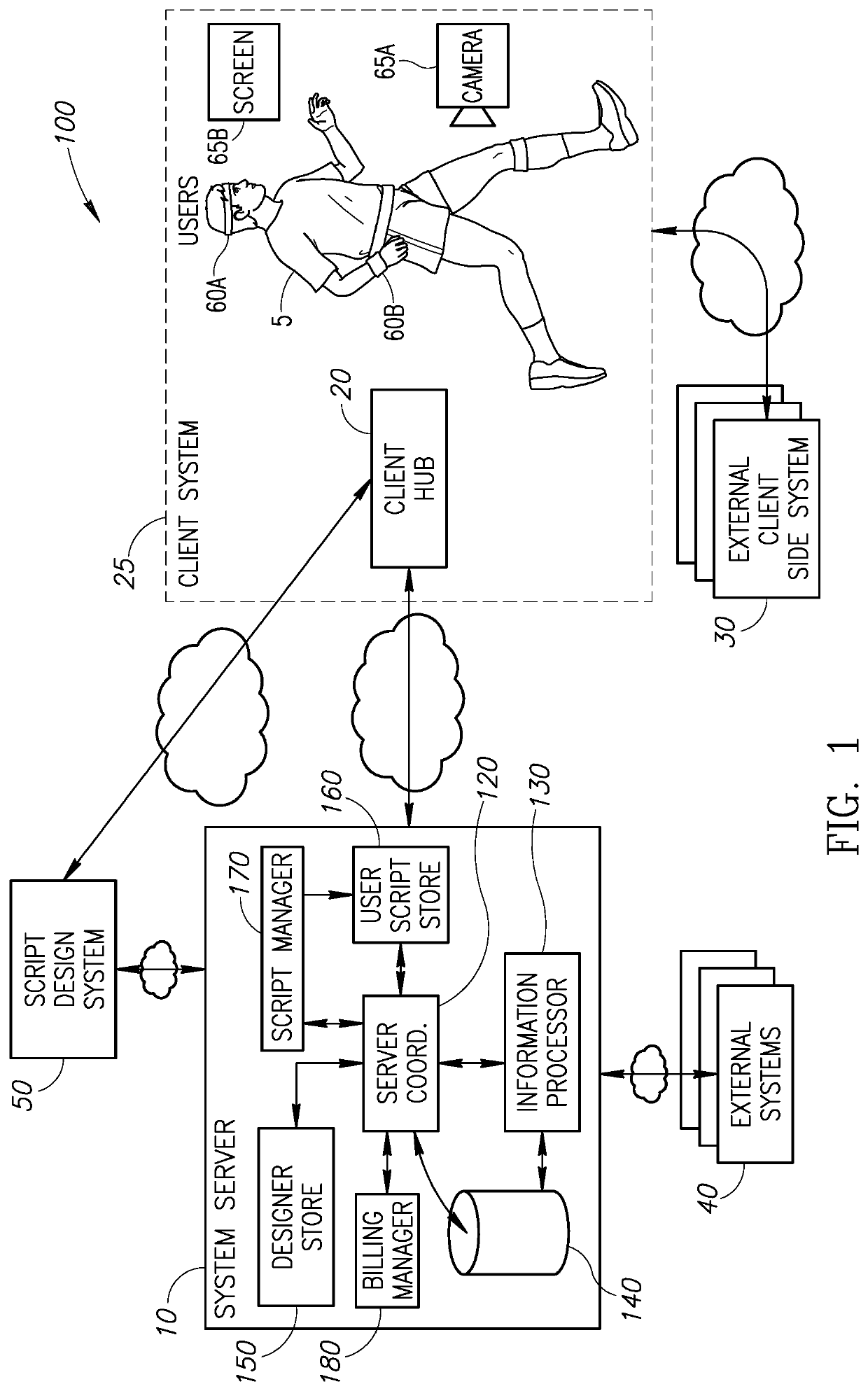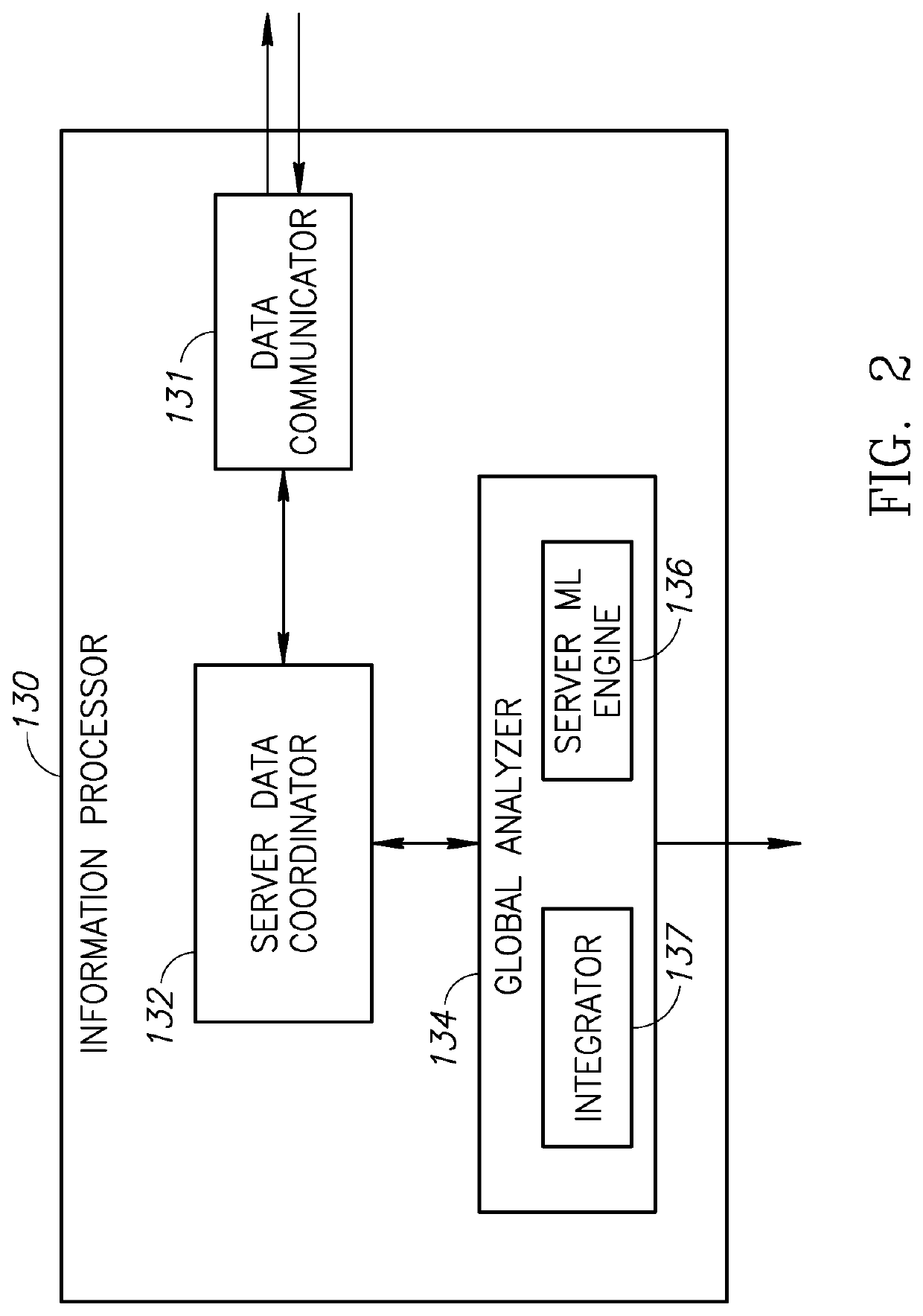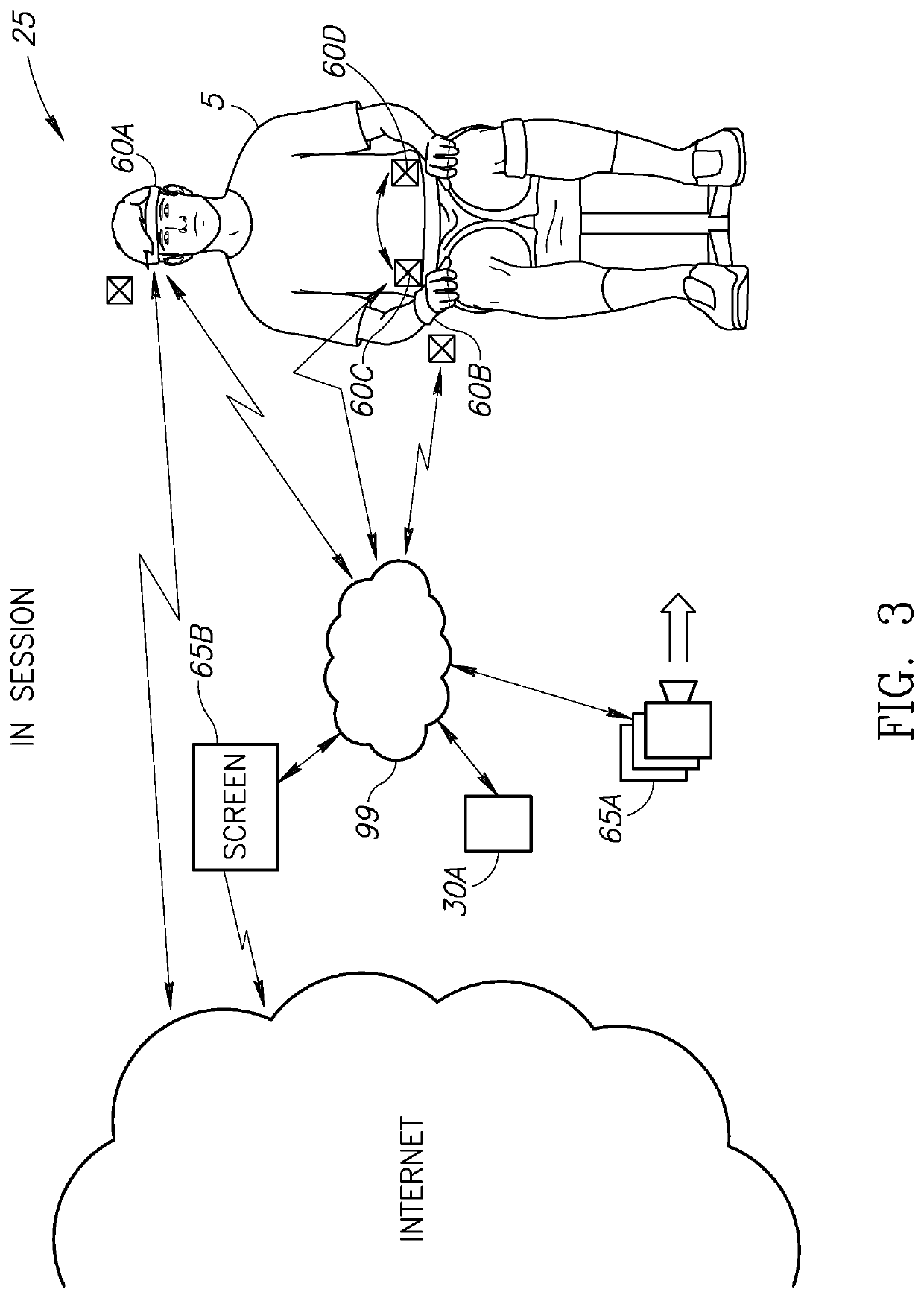Cognitive state alteration system integrating multiple feedback technologies
a technology of cognitive state and feedback technology, applied in the field of cognitive treatment systems, can solve the problems of difficult transitions, long time for a person to actually fall asleep, and variability in the effort involved in state transitions
- Summary
- Abstract
- Description
- Claims
- Application Information
AI Technical Summary
Benefits of technology
Problems solved by technology
Method used
Image
Examples
Embodiment Construction
[0074]In the following detailed description, numerous specific details are set forth in order to provide a thorough understanding of the invention. However, it will be understood by those skilled in the art that the present invention may be practiced without these specific details. In other instances, well-known methods, procedures, and components have not been described in detail so as not to obscure the present invention.
[0075]Applicants have realized that there are a number of limitations with existing systems known in the art as described herein above. For example, existing systems use a fixed (and limited) model of the possible trance types / hypnosis levels, whereas different scenarios and different subjects may require the use of different (and personalized) models, level sets or progressions of levels.
[0076]Existing systems also use a limited model (e.g. simple threshold comparison) when analyzing EEG, and are limited in their integration of EEG data with other physiological o...
PUM
 Login to View More
Login to View More Abstract
Description
Claims
Application Information
 Login to View More
Login to View More - R&D
- Intellectual Property
- Life Sciences
- Materials
- Tech Scout
- Unparalleled Data Quality
- Higher Quality Content
- 60% Fewer Hallucinations
Browse by: Latest US Patents, China's latest patents, Technical Efficacy Thesaurus, Application Domain, Technology Topic, Popular Technical Reports.
© 2025 PatSnap. All rights reserved.Legal|Privacy policy|Modern Slavery Act Transparency Statement|Sitemap|About US| Contact US: help@patsnap.com



